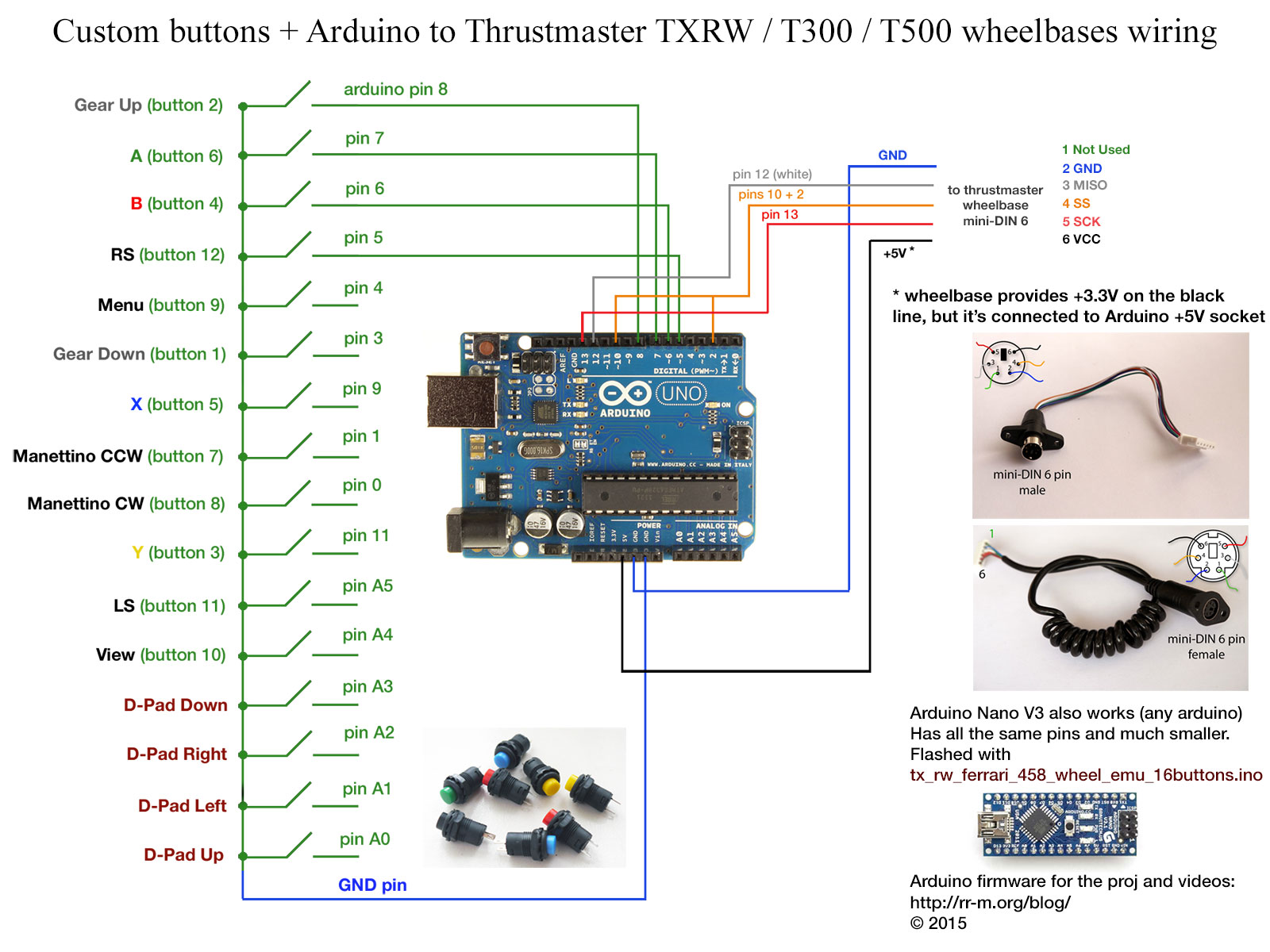

When you compile the sketch file (.ino) then the assembly file (.s) will automatically be "assembled" into machine code and linked with the main C/C++ code. Any files created with this new name will be automatically loaded as a new tab when you open the original "filename.ino" file (or you can use the down triangle button far right to make one). Note that it is ".s" and not ".S" as a suffix extension, and filename2 can be different to filename1. The child function/module needs to be in a simple text file with the name of "filename2.s" in the SAME FOLDER as the "filename1.ino" file. You may then create separate ASM (Assembly) child functions/modules that you can call directly from the parent ".ino" sketch file. Load up the Arduino 1.6.0 IDE and then run this beta version of Teensyduino. a wrong definition for DDRB and PORTB get included… probably because there isn’t the correct macro set to select the device? I’ll have to look into this later.Paul has kindly made some modifications to Teensyduino beta version ( ) which allows ARM Cortex-M4 assembly and AVR Assembly code to work directly with the Arduino 1.6.0 IDE. Which worked, now here when using we suddenly have 00000030 :

In the previous program we had #define PORTB 0x18 You can also see all the interrupts in the interrupt vector table, most of them being unpopulated.Īnd here we can also solve the mystery of why stuff doesn’t light up anymore. You can see the main function after the initializer-stub inserted by avr-gcc. here C:\Users\Maxi\Desktop\atmega_bare_assembly\.pioenvs\attiny85>"C:\Users\Maxi\.platformio\packages\toolchain-atmelavr\bin\avr-objdump.exe" -d firmware.elf PROGRAM: 0.7% (used 60 bytes from 8192 bytes)īe careful with the assembler include files though, the tn85def.inc I found is apparently written in the assembler syntax for the Atmel Studio assembler and will cause syntax errors when compiled with avr-gcc/avr-as. pioenvs\attiny85\firmware.hexĭATA: 0.0% (used 0 bytes from 512 bytes) pioenvs\attiny85\src\main.o -L.pioenvs\attiny85 -Wl,-start-group -lm -Wl,-end-group pioenvs\attiny85\firmware.elf -Os -mmcu=attiny85 -Wl,-gc-sections -flto -fuse-linker-plugin. pioenvs\attiny85\src\main.o src\main.SĪvr-gcc -o. platformio -f -c eclipse runĪvr-gcc -x assembler-with-cpp -Os -Wall -ffunction-sections -fdata-sections -flto -mmcu=attiny85 -DF_CPU=8000000L -DPLATFORMIO=40000 -DARDUINO_AVR_ATTINYX5 -Isrc -Iinclude -c -o. turns on an LED which is connected to PB5 (digital out 13) Meaning it will just use avr-gcc -x assembler-with-cpp. You can remove the framework = arduino line and it will use the _bare builder. Thanks for any kind of help, which is very much appreciated. Where do I have to put this file so that the “Build” option does not reply with an error of not finding the tn85def.inc file? So far located it in “src”, but also in “include”. I wrote a simple assembly program and wanted to include in the header a special tn85def.inc file (long story short, some of the tn85def.inc files around have an error in their timer/interrupt definitions). But i dont want any Arduino integration on the chip. My question is, do I need to go via all this “create projects” options and do i need this workspace with “.pioenvs” and “.vscode” and all that? If yes, how do I do it?įor now I went via creating a new project and chose a generic attiny85 with the Arduino platform.
#ARDUINO ASSEMBLER MAC#
Now I wanted to use my Mac and a simple programmer as well as PlatformIO to do basically the same (maybe with less wires and raw electronic stuff around): just writing pure assembly code for some of these Attinys and Atmegas.

So far I made it immediately and smoothly working with an Raspberry PI using the avrdude via the Terminal. I want to write purely in assembly language (AVR) to some Attiny85 or Atmega328P ♜. I’m a newbie here, downloaded (Mac OS) PlatformIO 2 days ago.


 0 kommentar(er)
0 kommentar(er)
